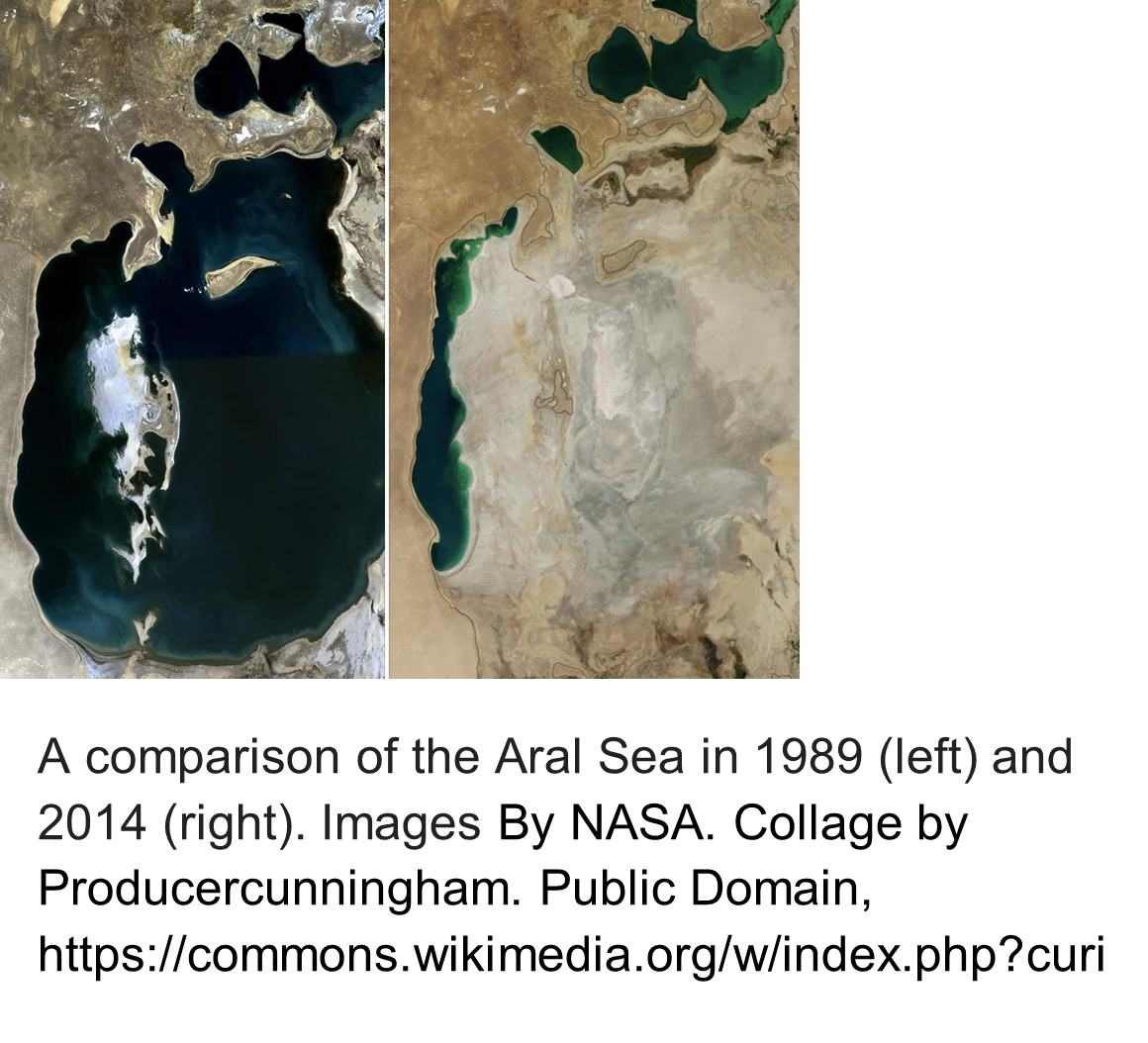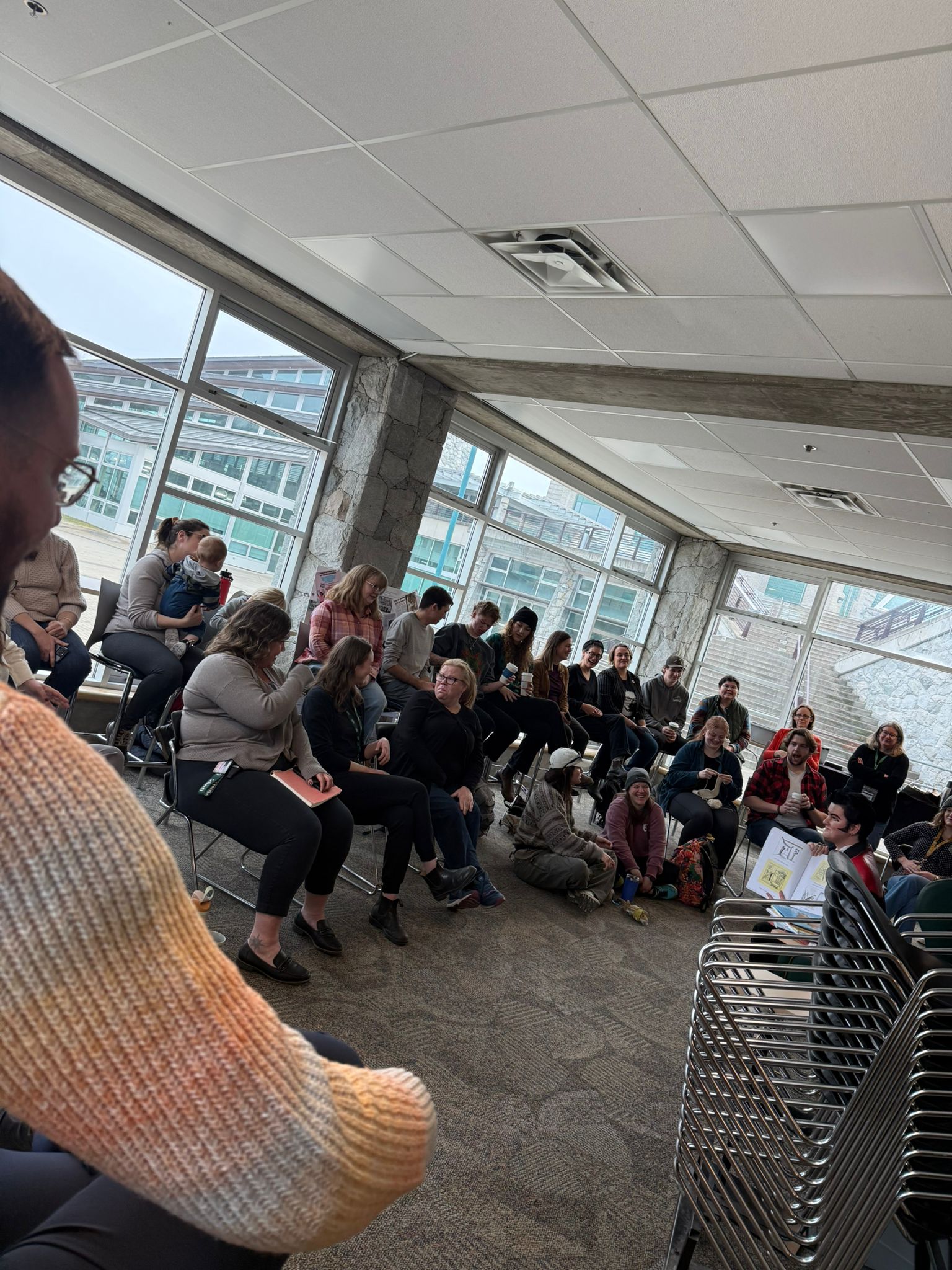Fast fashion’s velocity only seems to be speeding up. Fashion cycles are shortening in lockstep with our attention spans as brands like Shein, H&M, and Zara race to create (and, let’s be real, steal) new designs that go momentarily viral in online hauls before lying crumpled in the back of our closets. The numbers back it up.
From 1975 to 2018, textile production increased 120%. It doubled from 2000 to 2015. Clothing consumption is forecast to increase by a further 63% from 2015 to 2030. While clothing companies used to release new products two to four times a year, retailers now release new lines weekly.
The environmental costs are staggering. The fashion industry produces 8% of all carbon emissions, more than international flights and shipping combined. Clothing also has massive impacts on the global water system. The lifecycle of a single pair of jeans accounts for thousands of litres of water, and the industry consumes 79 trillion litres of water annually. The Aral Sea, located between Kazakhstan and Uzbekistan, was previously the world’s fourth-largest lake but is now a fraction of its original size after its water sources were diverted to irrigate cotton and other crops in the surrounding desert. Textile wastewater is also a significant source of pollutants. Over 1,900 chemicals have been identified throughout textile production processes, and these chemicals impact water eutrophication, alkalinity, oxygen levels, and dissolved solids.
The average piece of clothing is worn fewer than 10 times before it’s discarded. All these discarded clothes create a mountain of waste, 87% of which heads straight to the landfill or is incinerated. Breaking down synthetic fibres releases gases and chemicals that further pollute the air, soil, and groundwater.
One of the most effective ways to curb the fashion industry’s environmental toll is simple: buy less. Rejecting fast fashion and reducing the number of new garments we purchase cuts waste, lowers carbon emissions, and challenges an industry built on overproduction and disposability. Giving old clothes new life and choosing second-hand options can reduce fashion’s carbon footprint by 90%.
Students for a Green University (SGU) wants to help the UNBC community stay stylish while limiting our impact on the planet. We’re hosting a community clothing swap on Nov. 27 in the Winter Garden and Nov. 28 at the NUGSS Holiday Market. Swing by to refresh your wardrobe or pick up new staples.
Donations of gently used clothing can be dropped off Nov. 24 and 25 at the Sustainability Office or on Nov. 26 during the SGU Monthly Market in the NUSC event space. Already have a closet full of well-loved favourites? Stay tuned for mending workshops coming next semester. You can learn simple techniques to repair and revive your clothes, taking the fast out of fashion one stitch at a time.






